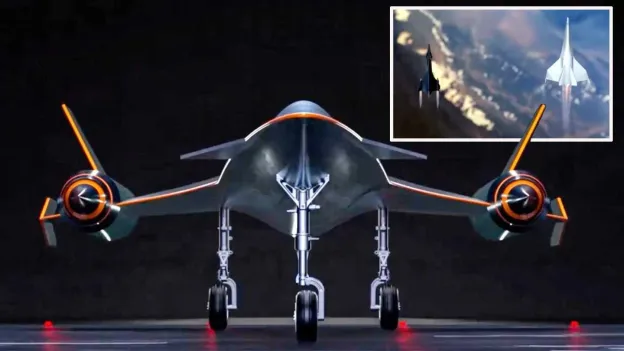Chinese Company Develops Supersonic Aircraft That Can Fly from Amsterdam to New York in 1.5 Hours

3
World
November 4, 2024 11:30
amsterdam, new york, china - Chinese company Lingkong Tianxing Technology has successfully completed test flights of their supersonic aircraft prototype, aiming to have the first commercial flight in 2027.
A Chinese company named Lingkong Tianxing Technology has made significant progress in developing a supersonic aircraft that could potentially cut the travel time from Amsterdam to New York down to just 1.5 hours. This is more than twice as fast as the now-defunct Concorde project, which took nearly three hours for the same journey. Regular commercial flights currently take around eight hours to complete the trip.
According to reports from the South China Morning Post, the first test flights of the Yunxing prototype have been successful, and the company is optimistic about having the first operational aircraft by 2027. Other companies, such as Venus Aerospace and the American company Boom, are also working on supersonic aircraft projects that aim to further reduce travel time.
One of the major challenges for supersonic flights is the noise generated when breaking the sound barrier. The Concorde produced a loud sonic boom of 110 decibels, causing disturbances on the ground. NASA has developed the X-59 aircraft with a specially designed nose to minimize sonic booms, allowing for smoother and quieter supersonic travel.
Despite advancements in technology, supersonic aircraft remain fuel-thirsty, consuming three times more kerosene than conventional planes. As a result, ticket prices for supersonic flights are expected to be very high, with estimates ranging from $5,000 to $10,000 for a one-way ticket. Aviation experts suggest that supersonic travel will likely be limited to wealthy travelers and will initially cater to a small number of passengers per flight.
Safety concerns also surround supersonic travel, as demonstrated by the tragic Concorde crash in 2000 near Paris, which led to the grounding of the fleet. The aircraft only resumed operations shortly after the 9/11 attacks but was eventually retired in 2003 due to economic factors.